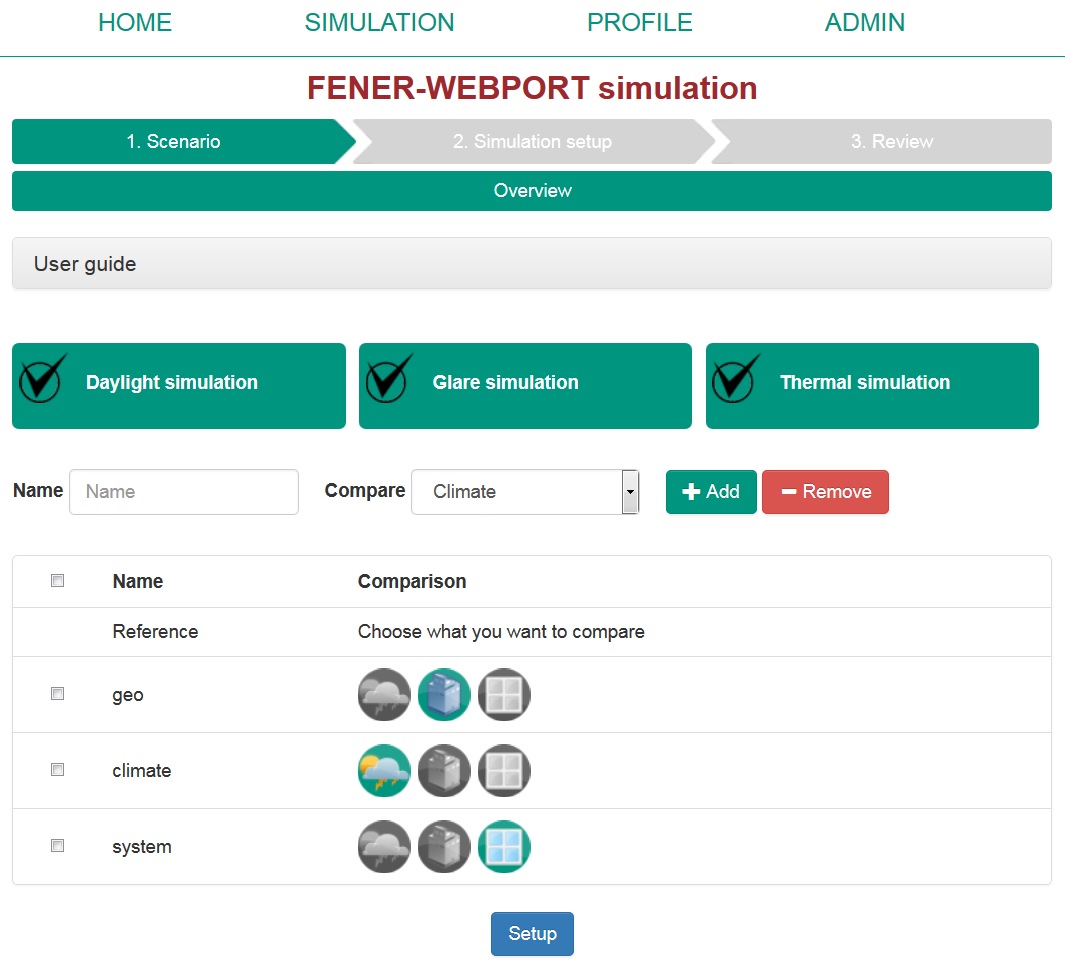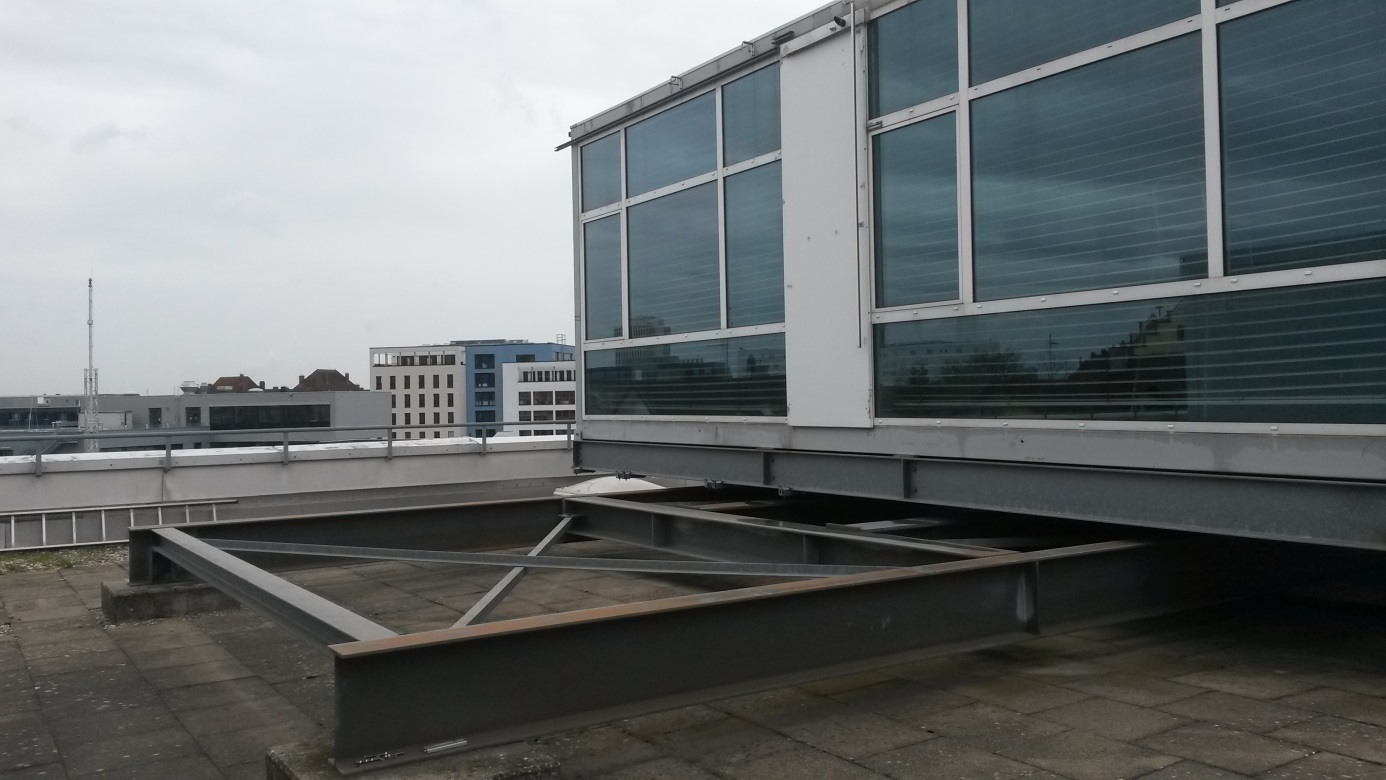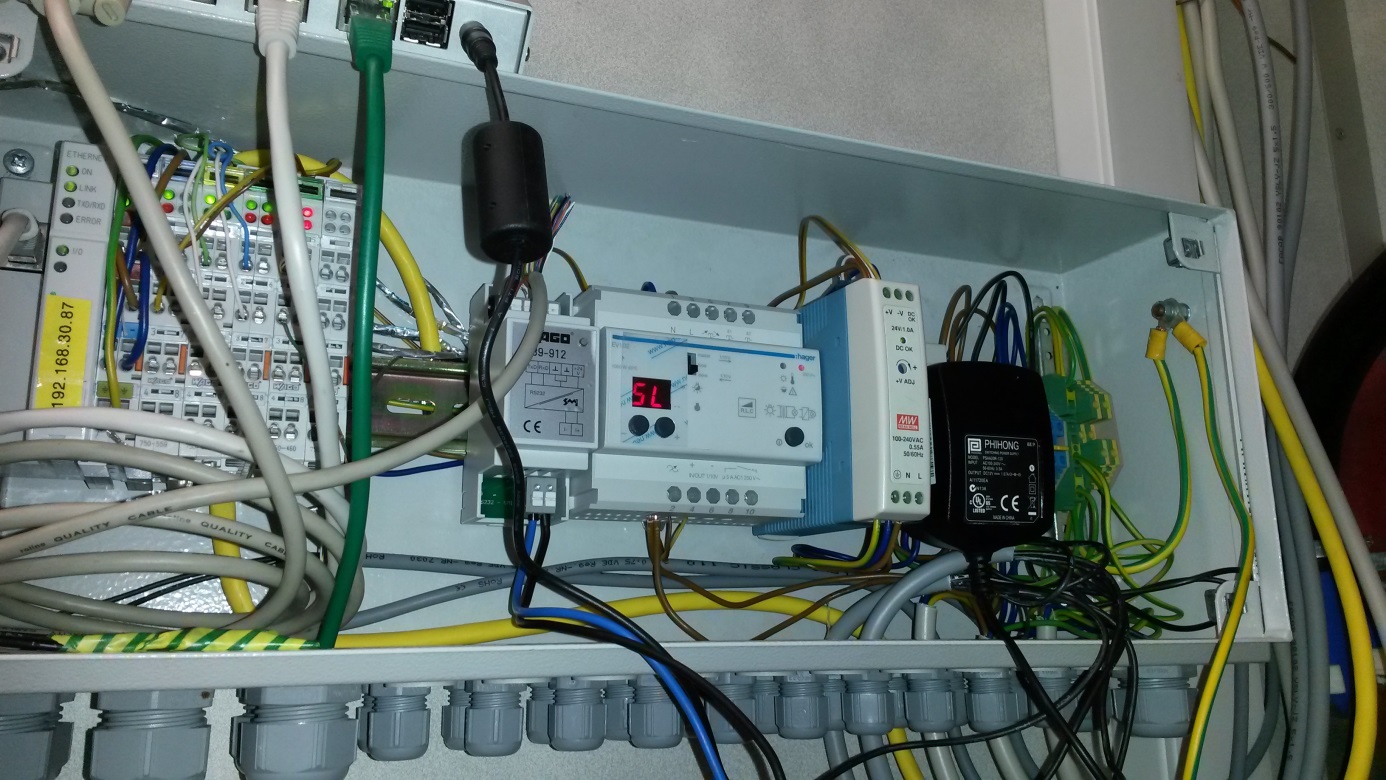| Duration: | May 2012 - Juli 2016 |
| Contracting Authority/ Sponsors: | German Federal Ministry of Economic Affairs and Energy (BMWi) |
| Project Focus: |
Daylight Use in Buildings IV- Energetic and Ergonomic Optimization of New Lighting Systems



A web-based tool (Fener-Webport) is developed for the evaluation of innovative fenestration systems and the optimization of their control. This enables building planners and manufacturers to predict shading systems operation in terms of energy savings, daylighting and visual comfort under different boundary conditions. Within this project, a user-adaptive controller for shading devices is developed. The new controller decides on the position of a shading device, achieving high levels of energy efficiency and visual comfort without the need of illuminance sensors. The control algorithm is able to learn from the user wishes after each interaction. Two prototypes of the controller have been built and satisfactory tested.
In this project, a web-based simulation platform that uses a Radiance-based model called Fener is presented. The motivation is to be able to perform detailed assessments of complex fenestration systems (CFS) and their control from the energetic, daylighting and visual comfort points of view in a computationally efficient manner, so the benefits of innovative products can be easily quantified. The model couples thermal, daylighting and glare simulations in a time-step basis, so that shading control strategies that depend on thermal variables, such as indoor air temperature, and on visual comfort variables can be simulated. In Fener, characterization data can be obtained from standard measurement procedures or from analytical models.
The simulation engine Fener is also used to drive a simulation-based user-adaptive controller for CFS. In the new controller, the sensors are replaced by daylight simulations to calculate horizontal and vertical illuminance in order to optimize the visual conditions in the room including both glare and daylight penetration. Both the height of the shading device and the tilt angle of the lamellae are adjusted so that for every controller action only the necessary window area will be covered in order to favor view contact to the outside. The controller calculates the optimal shading configuration internally before sending the signal to the actuators, decreasing the unnecessary movements that would disturb the occupants. Finally, the users are allowed to interact with the system and these interactions are used for the user adaptation. Prototypes of the controller have been tested in the daylighting laboratory at Fraunhofer ISE and installed and evaluated in an external real office.